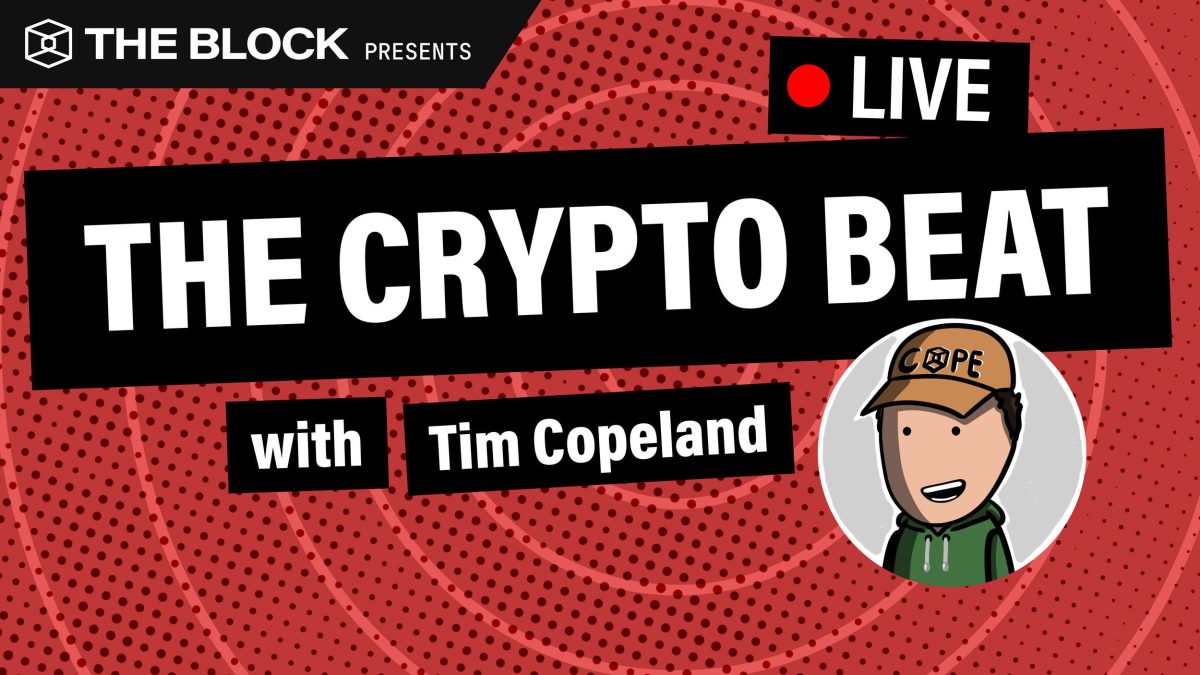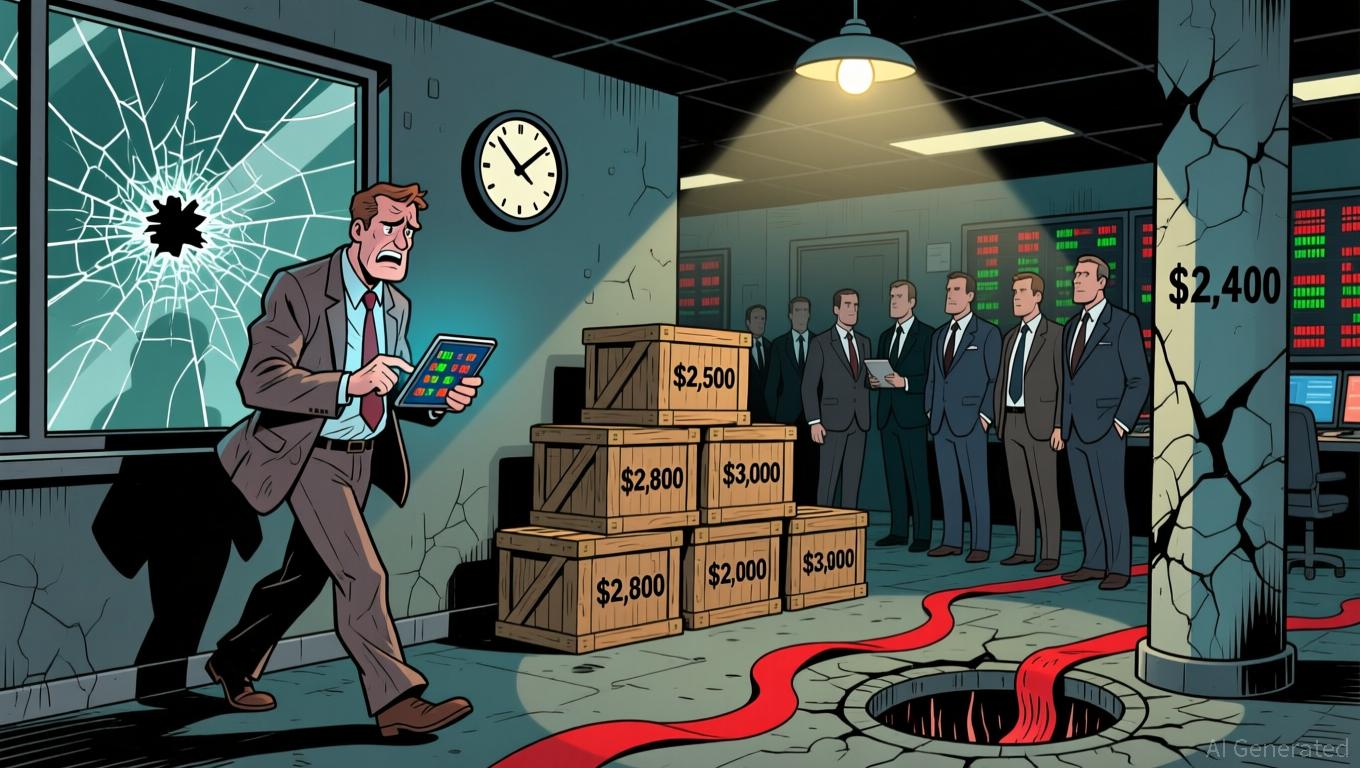From crypto rewards cards to neobanks with EtherFi, Gnosis and Ready
Quick Take Executives from EtherFi, Gnosis and Ready unpack how cheap L2s, new fiat rails and self-custody are turning high-reward “crypto cards” into full-blown global neobanks.

Episode 49 of The Crypto Beat was recorded with The Block's Tim Copeland, Gnosis Co-Founder Stefan George, EtherFi CEO Mike Silagadze, and Ready Co-Founder Itamar Lesuisse.
Listen below, and subscribe to The Crypto Beat on YouTube , Apple , Spotify , Twitch, or wherever you listen to podcasts. Please send feedback and revision requests to [email protected] .
In episode 49 of the Crypto Beat, Tim Copeland was joined by Gnosis Co-Founder Stefan George, EtherFi CEO Mike Silagadze, and Ready Co-Founder Itamar Lesuisse to break down how cheap L2s, new fiat rails and self-custody are turning high-reward “crypto cards” into full-blown global neobanks that can realistically challenge Revolut, Amex and traditional banks.
OUTLINE
00:00 - Introduction
02:37 - Bridging DeFi to daily spend
03:58 - Why demand is surging
08:17 - Neobank revenue model
13:04 - Cost of issuing cards
15:04 - Regional issuance hurdles
19:00 - New user segments
22:27 - What is a crypto neobank?
26:28 - Fixing crypto UX
32:27 - Cost and global scale edge
37:40 - Power of composability
Disclaimer: The content of this article solely reflects the author's opinion and does not represent the platform in any capacity. This article is not intended to serve as a reference for making investment decisions.
You may also like
XRP News Today: Abu Dhabi’s Green Light Establishes UAE as a Pioneer in Stablecoin Development
- Ripple's RLUSD stablecoin gains Abu Dhabi regulatory approval as UAE advances digital finance leadership. - ADGM's "Accepted Fiat-Referenced Token" designation enables institutional use for lending and cross-border payments. - RLUSD's $1.2B market cap growth reflects institutional demand, backed by USD reserves and dual blockchain operations. - UAE's ADGM-DIFC regulatory synergy attracts global fintechs , with Ripple expanding partnerships across Africa and Asia. - Regulatory milestones position RLUSD to
Ethereum Updates: Ethereum Drops to $2,800, Prompting Surge in Demand for ZKP's Hardware-Based Presale
- Ethereum's price fell below $2,800, triggering $6.5M liquidations and testing critical support levels amid declining on-chain demand metrics. - Institutional players like BitMine accumulated 3.62M ETH (~$10.4B) despite the selloff, signaling long-term bullish conviction. - ZKP's hardware-driven presale gained traction with $17M in ready-to-ship Proof Pods and Miami Dolphins partnership for privacy-focused sports analytics. - Mutuum Finance's $19M DeFi presale and ZKP's auction model with $50K wallet caps

Vitalik Buterin Supports ZKsync: What This Means for Layer 2 Scaling
- Vitalik Buterin endorsed ZKsync in late 2025, highlighting its "underrated and valuable" work alongside the Atlas upgrade achieving 15,000 TPS and $0.0001 fees. - ZKsync's zero-knowledge rollups and EVM compatibility enabled institutional adoption by Deutsche Bank , Sony , and Goldman Sachs for cross-chain and enterprise use cases. - The Fusaka upgrade aims to double throughput to 30,000 TPS by December 2025, positioning ZKsync to compete with Polygon zkEVM and StarkNet in Ethereum's Layer 2 landscape. -

The ZK Atlas Enhancement: Revolutionizing Blockchain Scalability?
- ZKsync's 2025 Atlas Upgrade achieves 15,000–43,000 TPS with sub-1-second finality, addressing Ethereum L2 scalability bottlenecks via Airbender proofs and modular OS. - DeFi protocols like Aave and Lido leverage ZKsync's $0.0001/tx costs to unify liquidity, while Deutsche Bank and Sony adopt its trustless cross-chain infrastructure for compliance and transparency. - ZK token surged 150% post-upgrade, with TVL hitting $3.3B and analysts projecting 60.7% CAGR for ZK Layer-2 solutions by 2031 amid instituti

